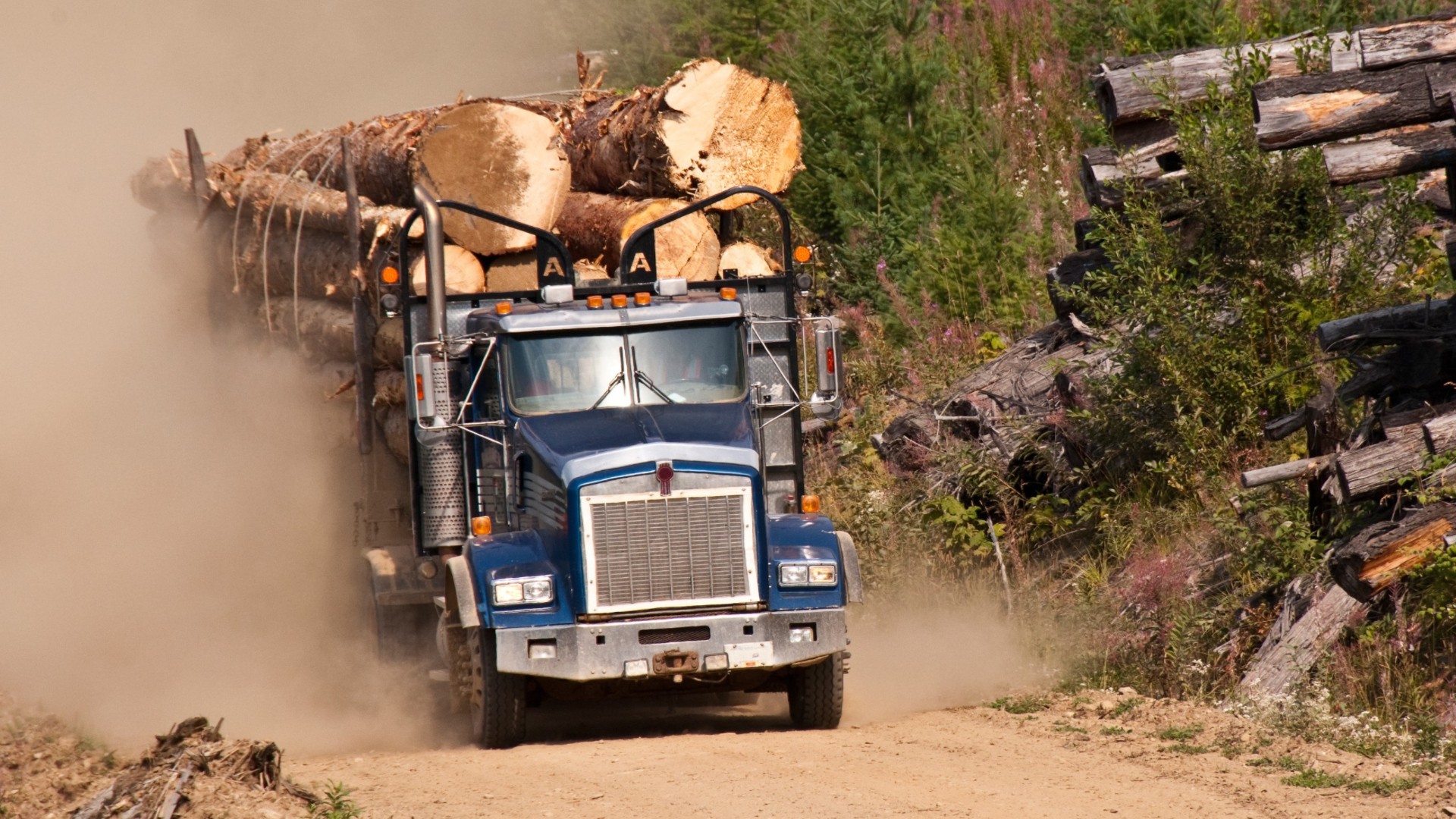Logging Equipment Operators
Loader Operator, Logging Equipment Operator, Skidder Driver, Skidder Operator
 Select a military branch to see samples.
No similar titles were found.
Select a military branch to see samples.
No similar titles were found.
Horizontal Construction Engineer
No similar titles were found.
No similar titles were found.
Crane Operator
No similar titles were found.
What they do:
Drive logging tractor or wheeled vehicle equipped with one or more accessories, such as bulldozer blade, frontal shear, grapple, logging arch, cable winches, hoisting rack, or crane boom, to fell tree; to skid, load, unload, or stack logs; or to pull stumps or clear brush. Includes operating stand-alone logging machines, such as log chippers.
On the job, you would:
- Inspect equipment for safety prior to use, and perform necessary basic maintenance tasks.
- Control hydraulic tractors equipped with tree clamps and booms to lift, swing, and bunch sheared trees.
- Grade logs according to characteristics such as knot size and straightness, and according to established industry or company standards.
Knowledge
Engineering and Technology
- mechanical
Safety and Government
- public safety and security
Manufactured or Agricultural Goods
- manufacture and distribution of products
Skills
Basic Skills
- keeping track of how well people and/or groups are doing in order to make improvements
- listening to others, not interrupting, and asking good questions
Problem Solving
- noticing a problem and figuring out the best way to solve it
Abilities
Controlled Movement
- quickly change the controls of a machine, car, truck or boat
- use your arms and/or legs together while sitting, standing, or lying down
Hand and Finger Use
- keep your arm or hand steady
- hold or move items with your hands
Spatial
- imagine how something will look after it is moved around or changed
- know where things are around you
Vision
- decide which thing is closer or farther away from you or decide how far away it is from you
Personality
People interested in this work like activities that include practical, hands-on problems and solutions.
They do well at jobs that need:
- Cautiousness
- Dependability
- Stress Tolerance
- Attention to Detail
- Perseverance
- Integrity
Technology
You might use software like this on the job:
Spreadsheet software
- Microsoft Excel
Electronic mail software
- Microsoft Outlook
Enterprise resource planning ERP software
- SAP software
Education
Education: (rated 1 of 5)
no high school diploma/GED or
high school diploma/GED
usually needed
high school diploma/GED
usually needed
Get started on your career:
Find Training
Apprenticeship.gov
Job Outlook
Below Average
New job opportunities are less likely in the future.
Explore More
- Continuous Mining Machine Operators
- Excavating & Loading Machine & Dragline Operators, Surface Mining
- Hoist & Winch Operators
- Loading & Moving Machine Operators, Underground Mining
- Operating Engineers & Other Construction Equipment Operators
You might like a career in one of these industries:
See more details at O*NET OnLine about Logging Equipment Operators.





